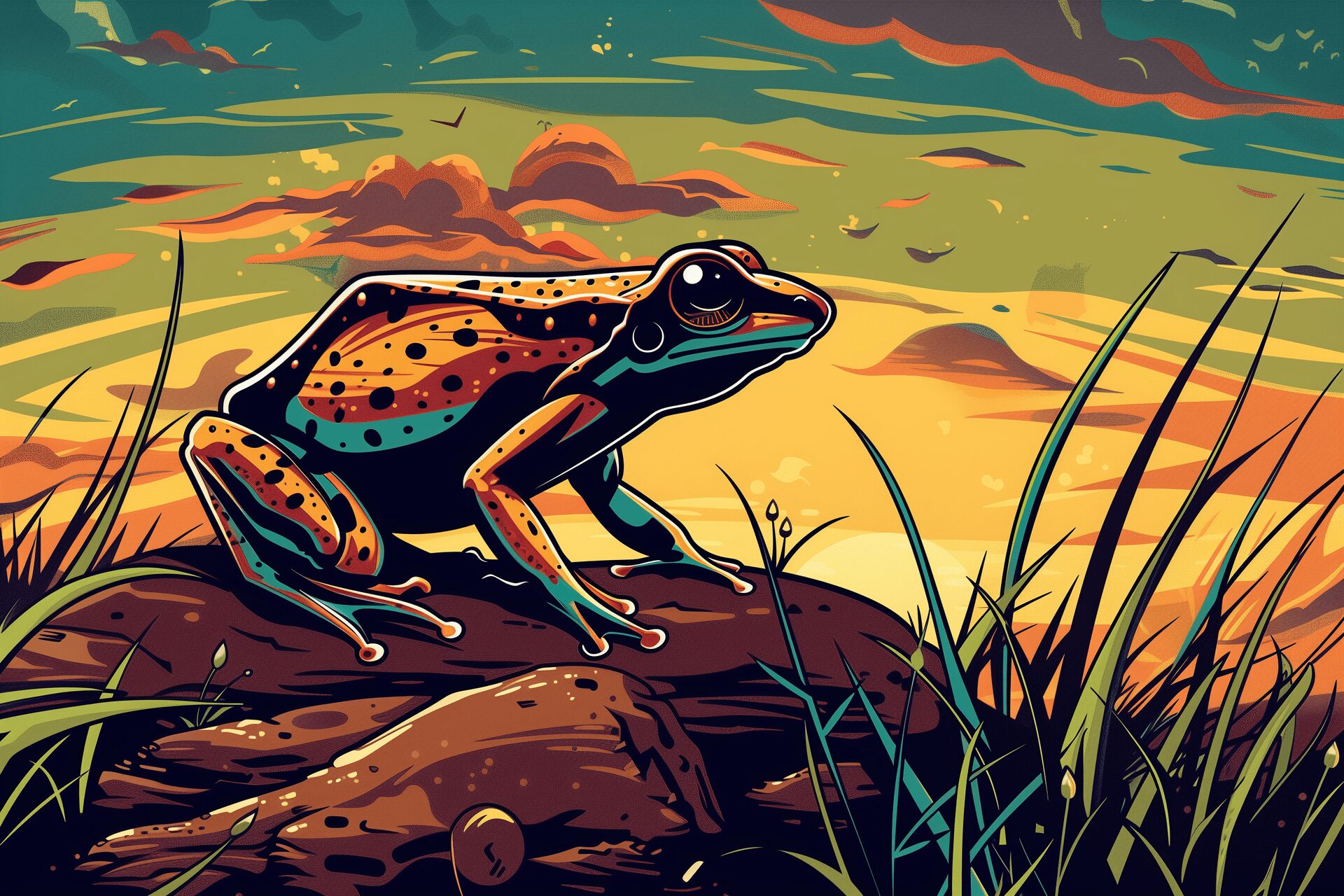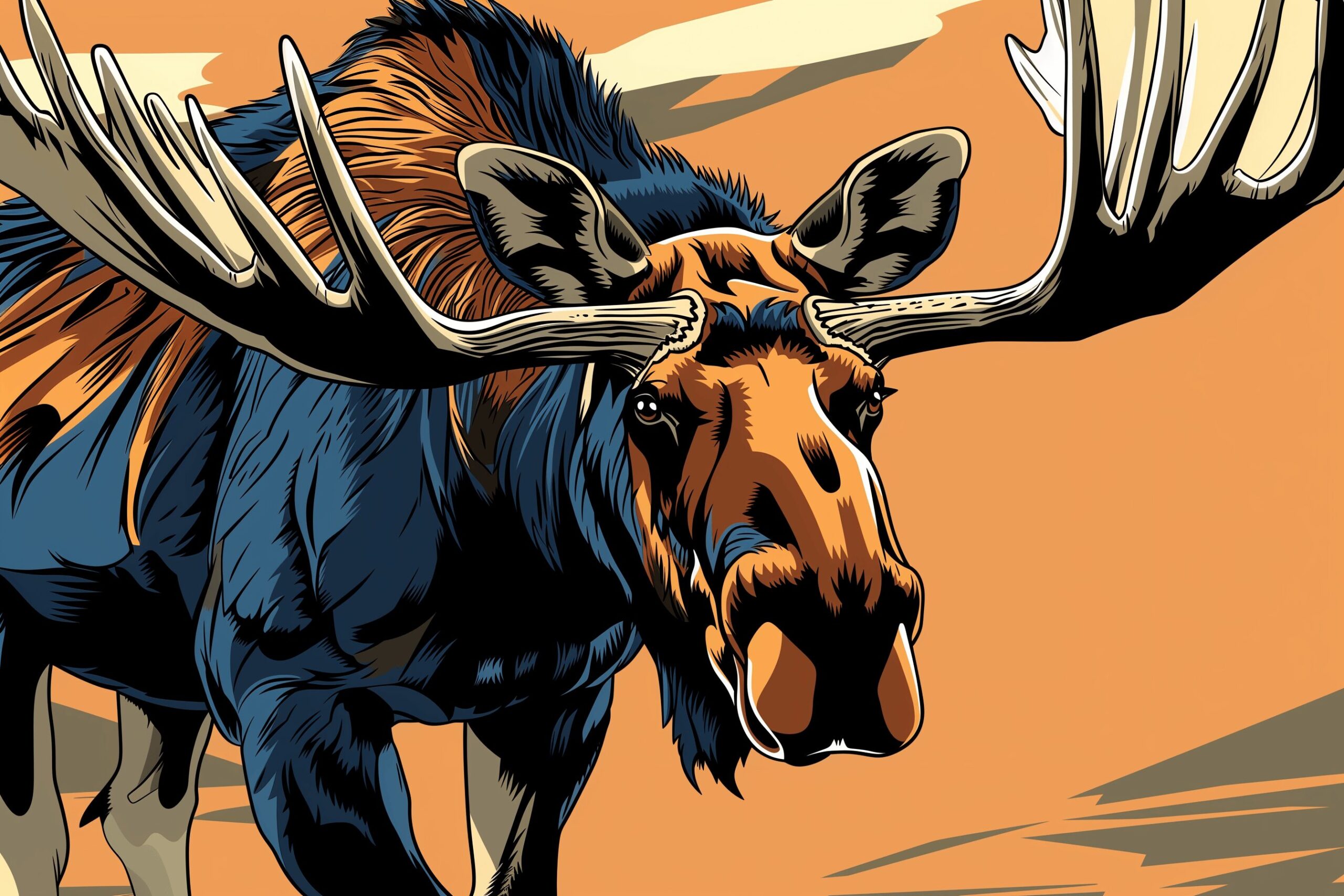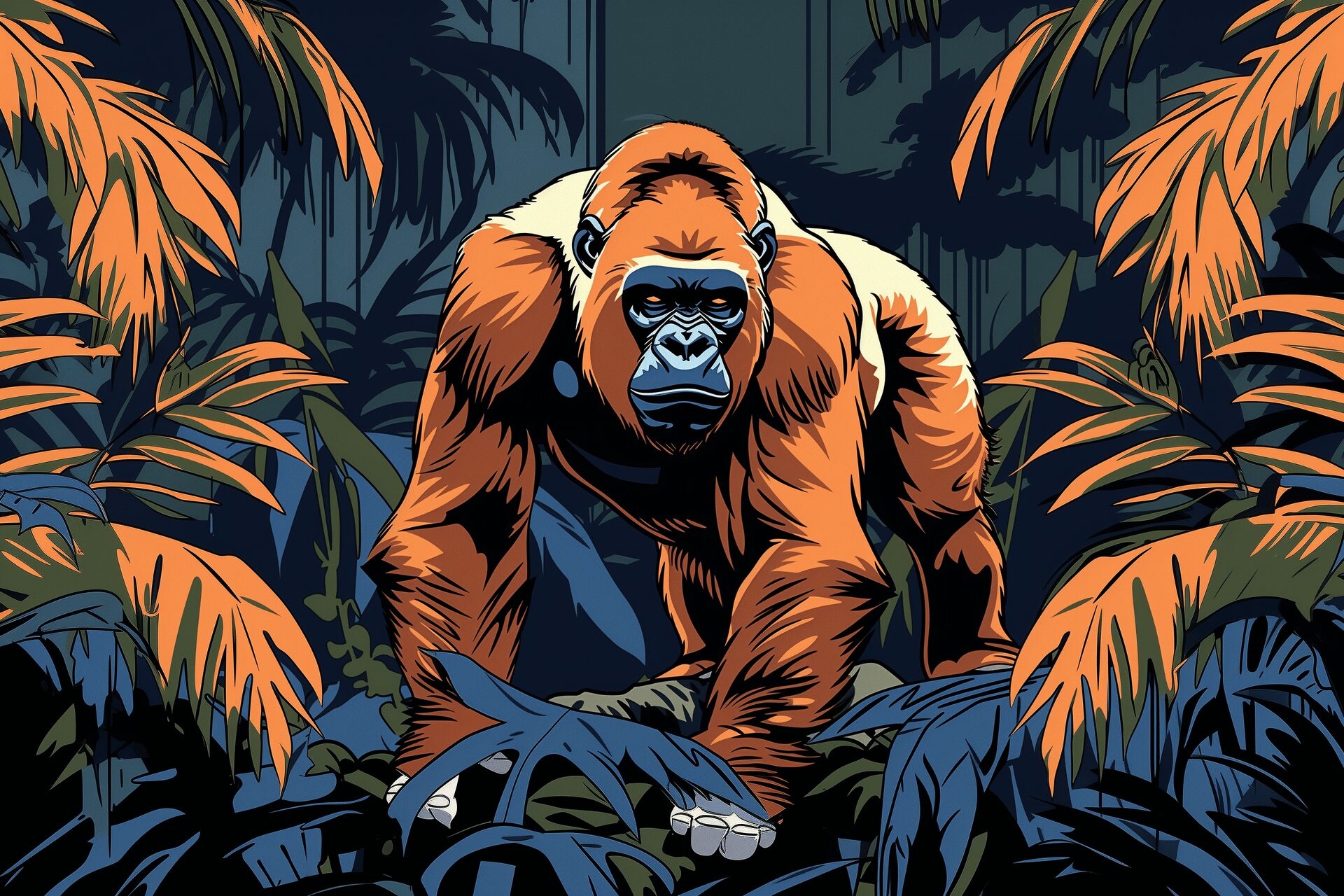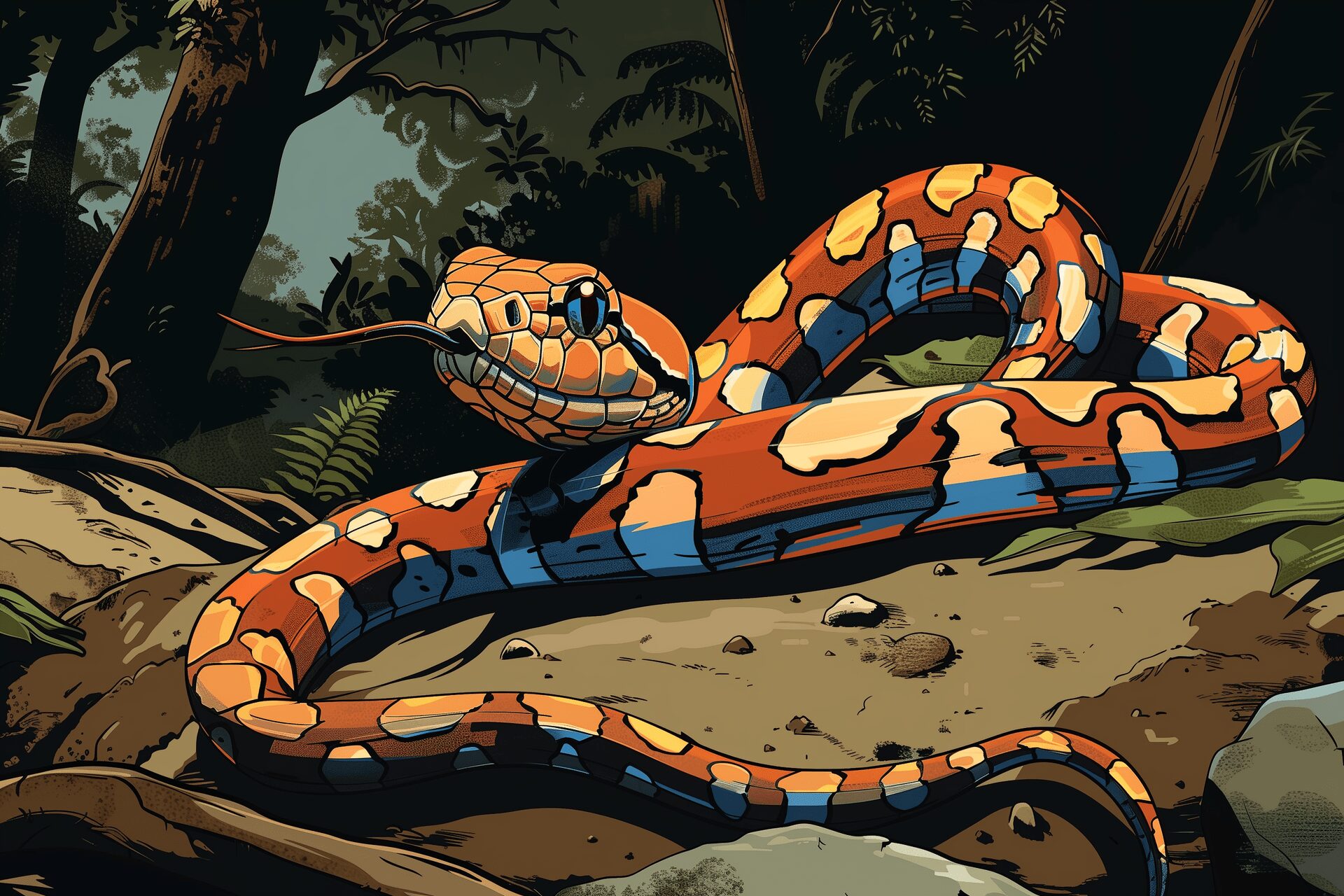7 Poisonous Animals With the Most Lethal Toxins
Mar 04, 2024

As an Amazon Associate, Modded gets commissions for purchases made through links in this post.
Many animals naturally produce toxins to defend themselves and incapacitate their prey. From fish to birds, poisonous animals come in all shapes, sizes and colors.
It’s important to highlight the distinction between poisonous and venomous. While both terms are often used interchangeably, they’re not the same. What makes them different is the method of delivery. If you ingest, inhale or absorb the toxin on your skin, it’s poisonous. If the toxin is injected into your system, either by the creature’s fangs or stingers, it’s venomous.
With that out of the way, here are the seven most lethal animals you definitely don’t want to encounter when exploring the great outdoors.
1. Poison Dart Frog

Aptly named, this small and brightly patterned frog is considered the most poisonous amphibian on the planet. It secretes an extremely powerful toxin known as Batrachotoxin, which is around 250 times more potent than strychnine. Batrachotoxin attacks the brain and heart, leading to near-immediate paralysis of vital muscles. Around 136 μg is considered lethal — equivalent to about two grains of table salt.
Endemic to the Amazonian rainforests and the subtropical regions of Central and South America, the poison dart frog is one deadly creature. These frogs use their poison solely for defense, but indigenous tribes long ago learned how to exploit this toxic resource by dipping their arrows in the poison. Hence the name dart frog. The golden poison frog (pictured above) is the most lethal species and contains enough poison to kill 10 people or 20,000 mice.
2. Puffer Fish
You might recognize this fish as Sykes from the beloved classic Shark Tale. However, the film didn’t mention a key feature of this species — it’s the most poisonous fish in the world. Also known as blowfish, this fascinating marine creature holds a potent poison known as tetrodotoxin (TTX) in its skin, muscle tissue, liver and gonads.
As little as 0.002 g of TTX is enough to kill an adult human and there is no known antidote. The toxin attacks the victim’s nerve cells, causing paralysis and often death by suffocation. For some reason, puffer fish are considered a delicacy, especially in Southeast Asia. However, only licensed chefs can prepare the dish, as even the tiniest mistakes in the process can be fatal. The usual symptoms include a tingling sensation in the mouth followed by numbness, nausea, coordination problems, cardiac arrhythmia and ultimately death.
3. Hooded Pitohui
Poisonous birds are rare, but the ones that exist can be quite deadly. The Hooded Pitohui is one such bird. Its black and orange feathers make it beautiful to look at but nasty to touch. Endemic to Papua New Guinea but may be found in surrounding regions, the Hooded Pitohui harbors homobatrachotoxin in its skin and feathers, similar to the poison secreted by dart frogs.
Touching the bird with your bare hands can lead to numbness and a burning sensation. Prolonged exposure may be fatal, especially among children and the elderly. Scientists believe the toxin is derived from the pitouhi’s diet, which consists of certain toxic beetles. The females often rub the poison from their feathers onto their eggs to protect against snakes and other predators.
4. Cane Toad
These large toad species can grow to be larger than your hand. They have poison glands that produce bufotoxin, a potent milky toxin that can kill smaller animals with just a few milligrams. You’ll want to be careful with cane toads, especially if you have dogs, cats or young kids around. In a 2020 study involving 36 patients, symptoms began manifesting within two hours of ingestion. The most common signs include gastrointestinal issues, profuse salivation and a slower than normal heart rate.
Interestingly, cane toads are native to South and Central America but were introduced to Australia to control pests around sugar cane. However, their numbers quickly exploded into the millions because they lack a good amount of natural predators — in Australia, of all places. Venomous snakes, lizards and even crocodiles will die from consuming these toxic toads, so be sure to wash your hands thoroughly if you ever handle one of these creatures.
5. Asian Tiger Snake
There are over 3,000 snake species worldwide, with many of them miscategorized as poisonous when they’re actually venomous. However, the Asian Tiger Snake, also known as the tiger keelback, is both. It can deliver venom through its fangs and secrete poison from its necks to protect itself from predators. That’s one hell of a combination as far as poisonous animals are concerned.
What makes the tiger keelback even more impressive is that it does not make its own poison. Instead, it derives it from eating cane toads — making it one of very few species that can absorb bufotoxin without succumbing to its effects. In fact, in processing the toxin, the poison it secretes becomes even more toxic.
6. Monarch Butterfly
Butterflies are delicate and pretty, but this particular species can be highly toxic. Like most poisonous animals on this list, monarch butterflies derive their toxins from their diet, consisting mainly of milkweed plants, which contain large doses of poison. The females lay eggs on these plants and when hatched, the caterpillars feed on the leaves, taking in the toxin in their wings and abdomen.
Monarch butterflies don’t present much risk to humans since they’re not part of the food chain. However, they can be highly toxic to birds and rodents, causing them to suffer severe gastrointestinal discomfort and muscle weakness.
7. Spanish Fly
This emerald green beetle is part of a family of blister beetles that produces a potent vesicant and irritant called cantharidin. You know how people say you can eat beetles for sustenance if you’re stranded in the woods? Well, this isn’t one of them, as the cantharidin they produce can cause ulcers, burning pain and severe bleeding in the GI tract, ultimately leading to an excruciating death.
It can also cause priapism, but unfortunately, this is accompanied by bleeding, intense pain and all-around misery in the area. However, animals that feed on hay are the most at risk. For horses, ingesting as little as eight blistering beetles may be lethal.
Steer Clear of Poisonous Animals
Whenever you’re outdoors, always remember the first rule of being in the wild — never touch or pick anything. Sticking to this rule will help you avoid contact with most of the animals on this list. If you accidentally come into contact with any of them, get to an emergency center or hospital for treatment immediately, as delay can be fatal.






